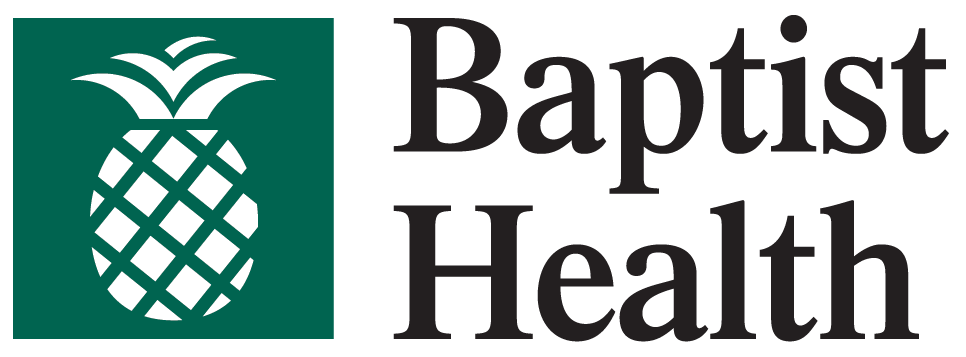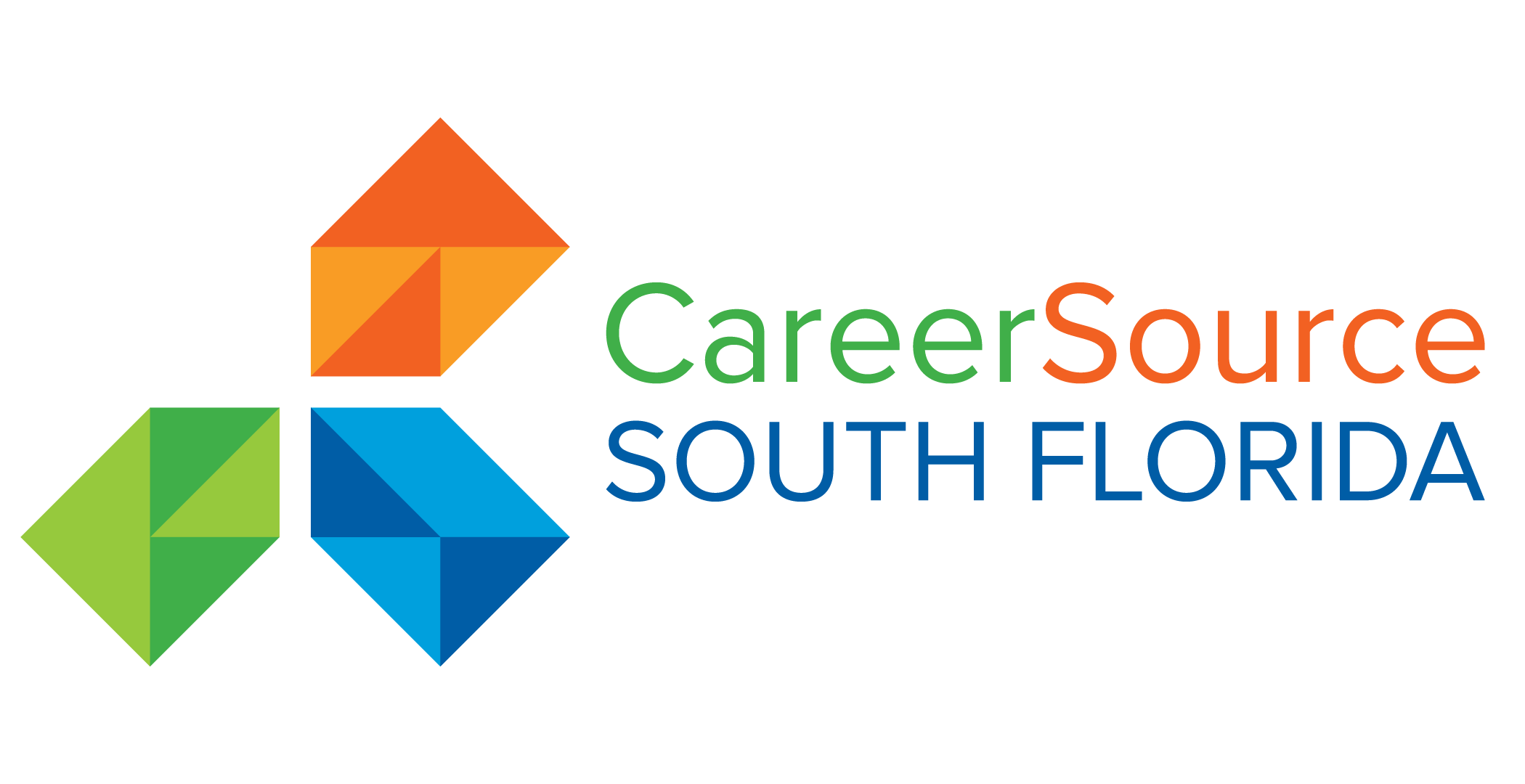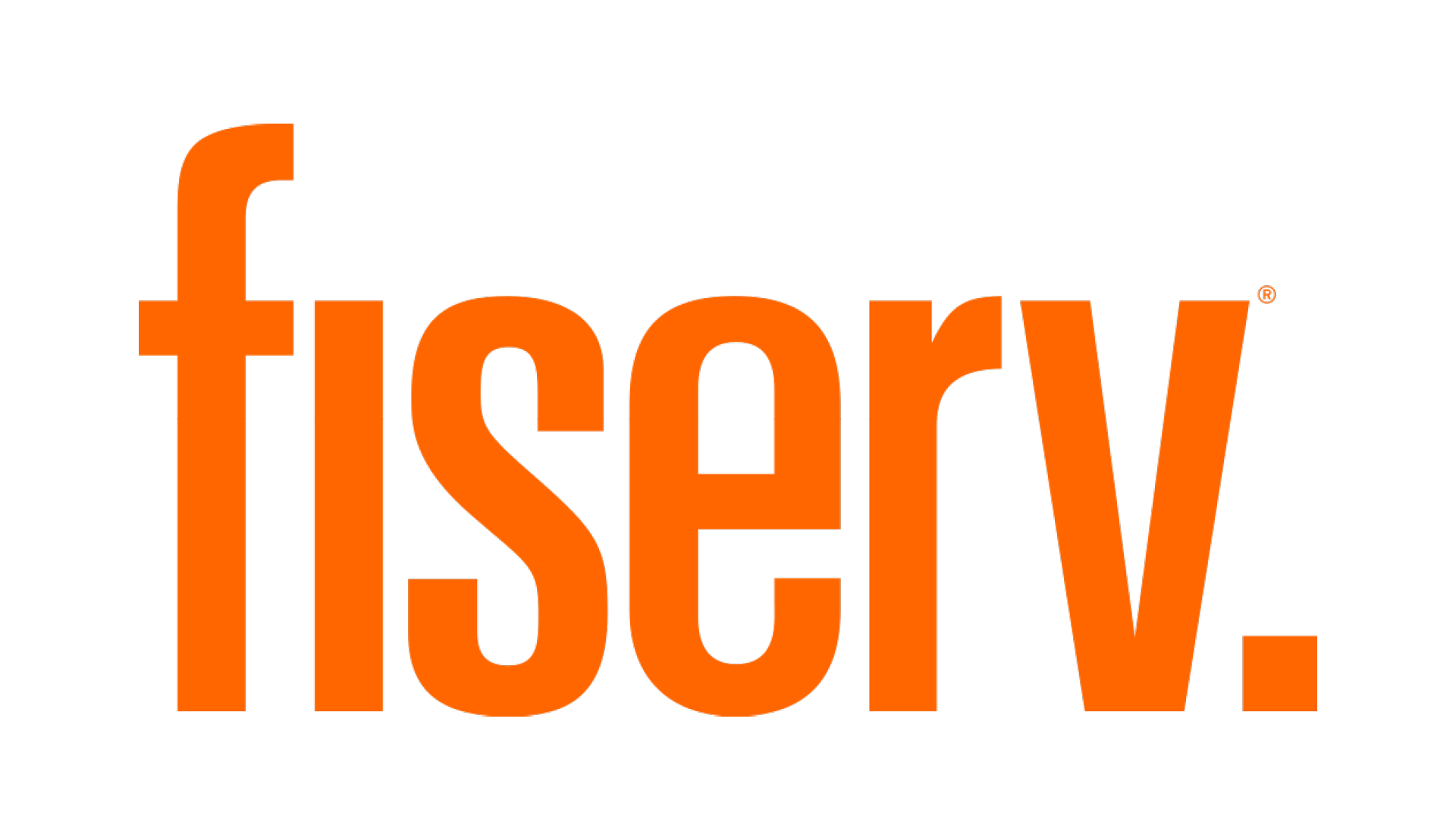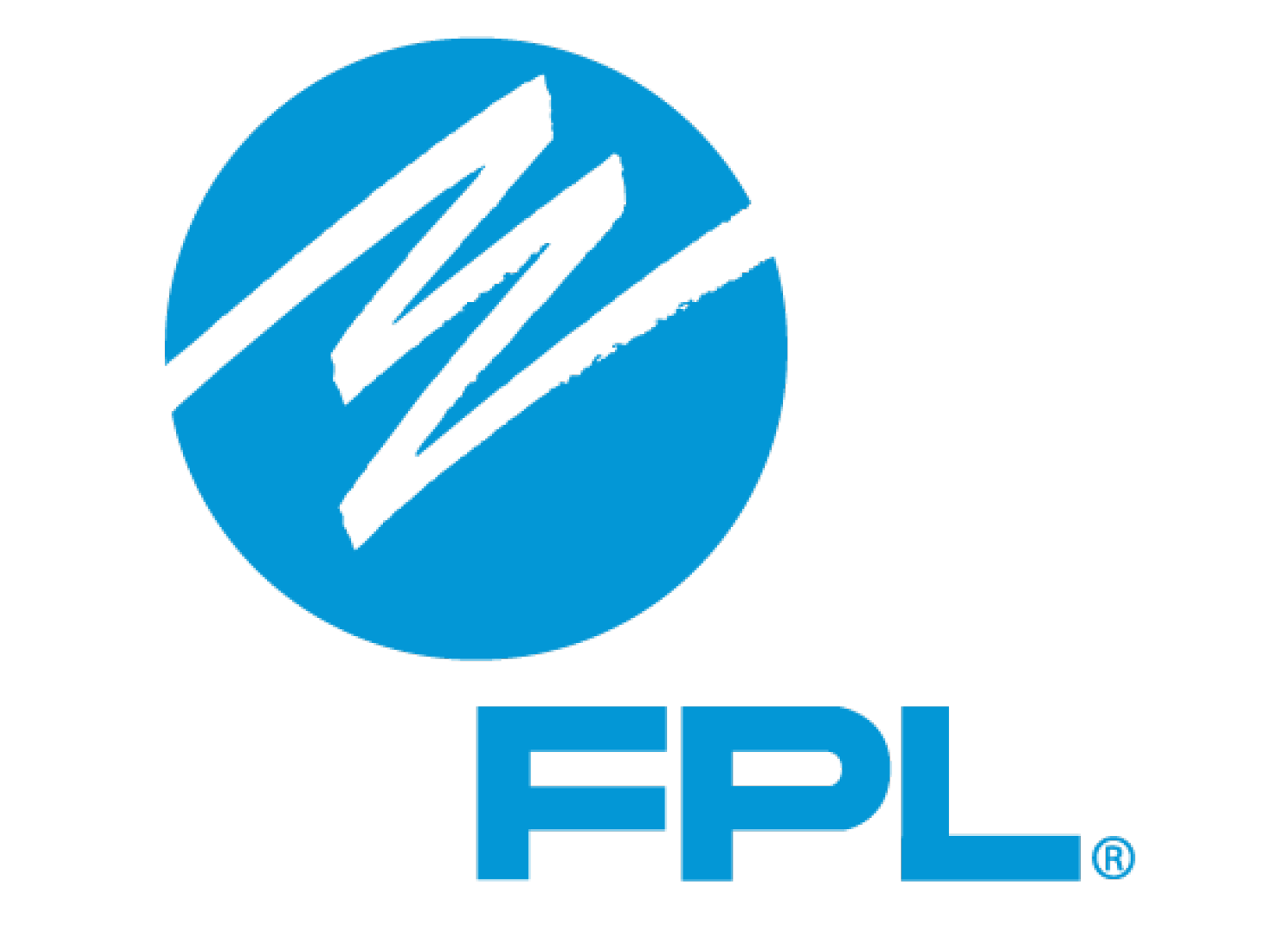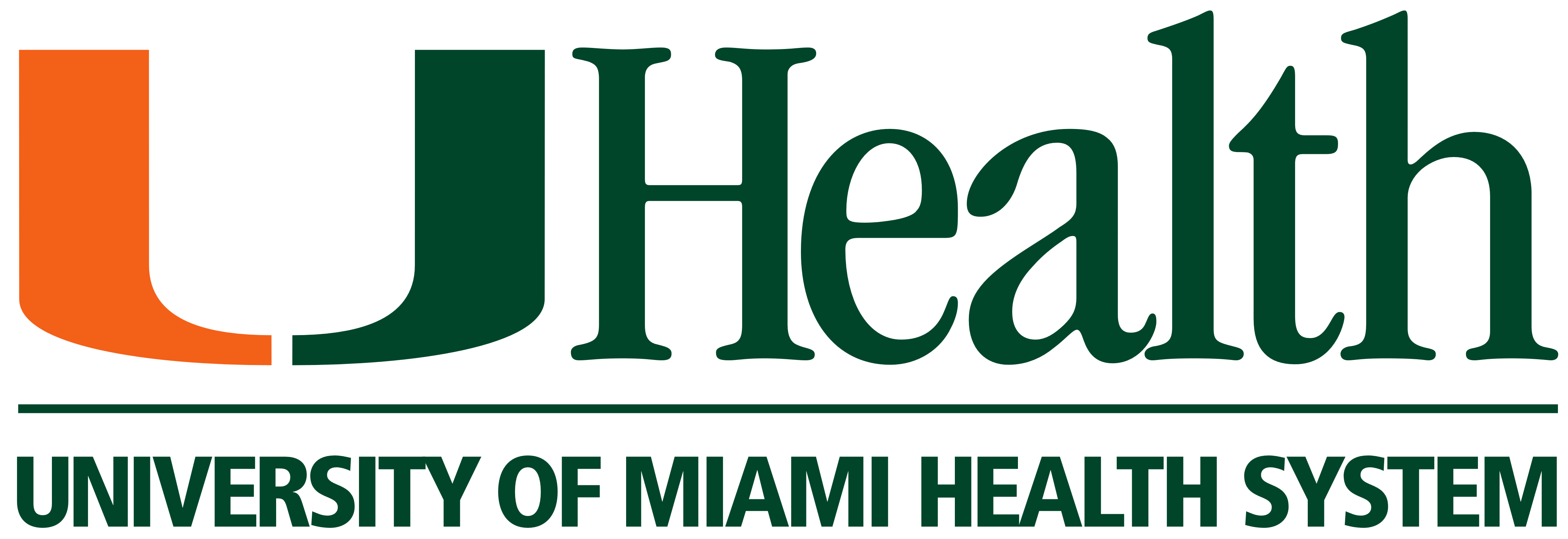The global health crisis created by the explosion of Coronavirus cases is requiring employers to navigate uncharted waters. Circumstances are changing daily, and employers must be agile in responding. For now, here are some key tips:
- Stay current: Even though the World Health Organization so far has refused to call the current outbreak of COVID-19 (short for Coronavirus 2019) a pandemic, most experts agree that it meets the standard. Workplaces should act accordingly. Employers should stay current with and follow the recommendations applicable to their jurisdictions. In the U.S., employers should follow developments on the Centers for Disease Control and Prevention (CDC) website, as well as guidance issued by their state and local health authorities.
- Send sick employees home: Remember, the virus is thought to primarily spread between people who are in close contact with one another (six feet), and through respiratory droplets when an infected person coughs or sneezes and those droplets land on another person’s nose or mouth or are inhaled. If employees display symptoms of acute respiratory illness – cough, fever, or shortness of breath – send them home. Meanwhile, all employees should use proper coughing and sneezing etiquette—covering the nose and mouth with a tissue or using an elbow to avoid spreading droplets.
- Encourage employees to communicate: Employees who are well but have a family member at home who may have been exposed to the virus should be advised to notify HR. HR should communicate with the employee, the healthcare provider, and local health authorities to determine whether the employee who has been exposed can safely return to work.
The Occupational Safety and Health Administration imposes on employers a duty to provide a workplace that is free from recognized hazards likely to cause death or serious physical harm. COVID-19 represents such a threat, so employers have some leeway. Keep in mind that state and local authorities have primary jurisdiction over public health orders (like isolation directives) within their respective jurisdictions. The CDC recommends that “public health authorities base their decisions about individual monitoring or movement restrictions on the situation in their jurisdictions, including whether sustained community transmission is occurring and competing priorities.” Employers should do the same.
- Be mindful of workplace discrimination laws: While it may be lawful to take employee’s temperatures in the workplace in China, it would not be acceptable in the United States. The Americans with Disabilities Act limits employers’ ability to make medical inquiries or require medical examinations. When an employer has a reasonable belief based on objective evidence that an employee’s ability to perform essential job functions will be impaired by a medical condition or that an employee will pose a direct threat to him/herself or others, the employer can ask questions or require medical exams. If managers observe an employee with symptoms of COVID-19 during this global health emergency, that is enough to make an inquiry. However, do not let managers do the questioning; instead instruct supervisors to report any concerns to HR and let HR handle it. Keep in mind the obligation to maintain the confidentiality of an employee’s medical information, as well.
- Encourage hand hygiene: Encourage employees to wash their hands often with soap and water and avoid touching their faces. Hands should be washed for at least 20 seconds and always after touching common surfaces (like doorknobs and keypads) and before eating. If soap and water is not readily available, encourage employees to use an alcohol-based hand sanitizer with at least 60 percent alcohol.
- Keep work areas clean: The CDC says that no additional disinfection beyond routine cleaning is required at this time, but you may want to do more. At a minimum, ensure that common areas and frequently touched surfaces are regularly cleaned in accordance with the cleaning products’ directions. Consider providing disposable wipes near doorknobs and keypads.
- Limit non-essential travel: If employees must travel, again employers should first consult the CDC Travelers’ Health website and the U.S. Department of States Travel Advisory website. At this time, the CDC notes that there is apparent widespread community transmission of COVID-19 in China, Hong Kong, Iran, Italy, Japan, Singapore, South Korea, Taiwan, and Thailand. The list grows daily. Note that travelers coming from China and Iran already face extended restrictions as a result of a Presidential directive. Travelers from other identified areas are likely to face the same restrictions in the coming days.
- Pay attention to federal, state, and local leave laws: If an employee or his or her family member is infected with COVID-19, the employee could be eligible for leave under the Family and Medical Leave Act or a myriad of other state and local leave laws. State workers compensation laws might also come into play.
- Consider the FLSA and local wage laws: If you are sending sick employees home, there are wage implications. While there is no federal law requiring private employers to provide paid sick leave, a host of cities and counties have adopted paid sick leave laws. In addition, under the Fair Labor Standards Act (FLSA), employers generally must pay an exempt employee his/her salary for any week in which the employee performs any work. There are some exceptions: employers may deduct for absences of one or more full days due to sickness or disability, if the deduction is made in accordance with a bonafide plan, policy or practice of providing compensation for salary lost due to illness, or if the employee has not yet qualified for or exhausted leave under the plan. In addition, employers may deduct for absences of one or more full days for personal reasons other than sickness or disability; for example, if an employee must stay home to care for a child when school closes unexpectedly. However, the FLSA requires employers pay hourly, non-exempt employees only for the hours they work. Nevertheless, employers should consider whether to pay non-exempt workers who don’t have paid time off available. Among the reasons: employers don’t want sick employees coming back into the workplace before they are well.
Soon, there may be requirements to pay those hourly workers who are impacted by COVID-19. Congress and the White House are looking at a variety of stimulus packages, including exploring paid sick leave for workers who are affected by a quarantine or who are caring for children impacted by school closures. U.S. House Democrats last Friday proposed legislation which would require employers to grant up to 14 days of paid sick leave to be used in the event of a public health emergency. Workers would separately accrue up to seven sick days during the year under that bill.
Read original article here.

